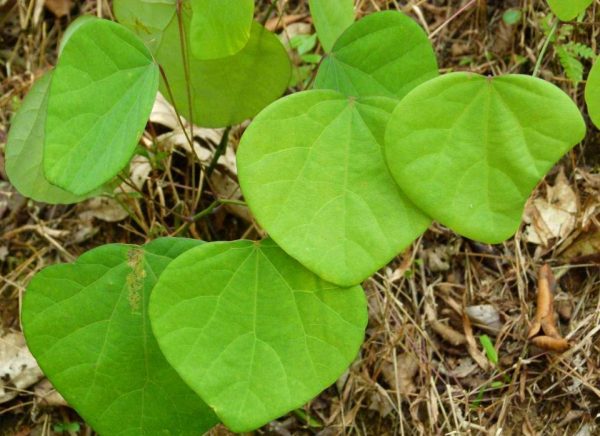Arka (Calotropis procera): The Medicinal Marvel of Ayurveda
Basonym of Drug: The medicinal plant known as Arka is scientifically referred to as Calotropis procera.
Main Synonyms: In Ayurveda, Arka is known by various synonyms, including:
- Alarka
- Arkapushpa
- Rudrajata
- Swetarka
- Maharakta
Regional Name: Arka is also known by different names in various regional languages. Some common regional names include:
- Hindi: Aak, Madar
- Bengali: Akando
- Kannada: Eruge, Ekkedasu
- Malayalam: Jilledu
- Marathi: Rui, Rukhda
- Tamil: Erukku, Sannappu
- Telugu: Jilledu, Mudar
Botanical Name: The botanical name of Arka is Calotropis procera.
Family: Arka belongs to the Apocynaceae family.
Classification of Dravya (Gana) as described in Charak and Sushrut: In the classical Ayurvedic texts of Charak and Sushrut, Arka is classified as follows:
- Charak: Arka is categorized under the group of “Upavishanashraya Dravya,” which means it belongs to the group of plants growing on the plains.
- Sushrut: In Sushrut Samhita, Arka is classified as a “Visha Dravya,” indicating its potential toxic properties.
External Morphology: Arka is a large shrub or small tree with broad, ovate leaves and a milky latex present in all parts of the plant. The flowers are large, attractive, and usually white or lavender in color, with a crown-like appearance.
Useful Parts: The useful part of Arka is primarily the milky latex obtained from the plant.
Important Phytoconstituents: Arka contains various phytochemicals, including alkaloids, flavonoids, glycosides, and triterpenoids.
Rasa Panchaka: The Rasa Panchaka (five tastes) of Arka is as follows:
- Rasa (Taste): Bitter (Tikta), Pungent (Katu)
- Guna (Quality): Light (Laghu), Dry (Ruksha)
- Virya (Potency): Hot (Ushna)
- Vipaka (Post-digestive taste): Pungent (Katu)
Action on Dosha, Dhatu, and Mala: Arka primarily pacifies the Kapha and Vata doshas. It acts on the Rasa (plasma) and Rakta (blood) dhatus and has an effect on the Purisha (stool).
Prayogarha Vyadhi (Therapeutic Indications): Arka is utilized in Ayurvedic medicine for various therapeutic purposes, including:
- Laxative properties (Anulomana)
- Purgative effects (Virechana)
- Anti-inflammatory properties
- Wound healing and skin conditions (external application)
- Fever management (antipyretic)
Amayikaprayoga and Matra (Therapeutic Administration and Dose): Arka is used in different forms, and the dosage depends on the specific application and the individual’s condition. Commonly used forms include:
- Decoction (for purgative effects): 50-100 ml, once or twice a day
- External application (for wound healing and skin conditions): As required
Vishishta Yoga (Names of Important Formulations): Arka is an integral component of some Ayurvedic formulations. Some notable formulations include:
- Arka Taila
- Arka Patra Kashayam
Vishakta Lakshan (Adverse Effects): Arka should be used with caution, as it possesses potential toxic properties. Internal consumption of the latex in high doses can lead to adverse effects. It may cause loose motions and GI mucosal erosion.
Chikitsopachara (Remedial Measures): Arka should be used under the guidance of a qualified Ayurvedic practitioner. Proper dosing and considering an individual’s specific condition are essential aspects of its therapeutic application.
Shodhana (If Required): Arka patra is usually not taken directly. It is mixed with other herbs while preparing a kalpana to reduce it’s toxicity. For direct local application, it may be mixed with Haridra, but it is very erosive to apply directly in skin.
Arka’s diverse medicinal properties make it a valuable herb in Ayurvedic medicine. However, due to its potential toxicity, it should be used judiciously and under the guidance of an experienced Ayurvedic practitioner for optimal results.
Please let us know for any correction or wrong information: We strive to provide accurate and informative content. If you find any inaccuracies or have any suggestions to enhance the article, kindly share your feedback. Your valuable input helps us improve and deliver content that aligns with the needs of our readers. Thank you for your support!



